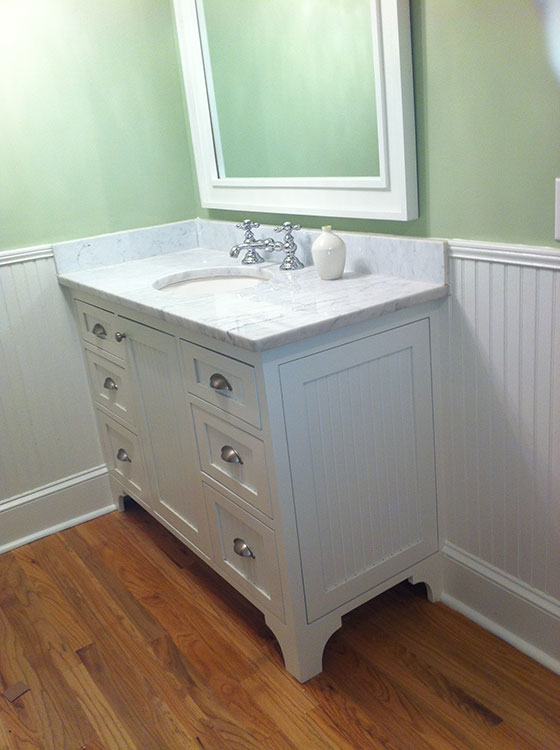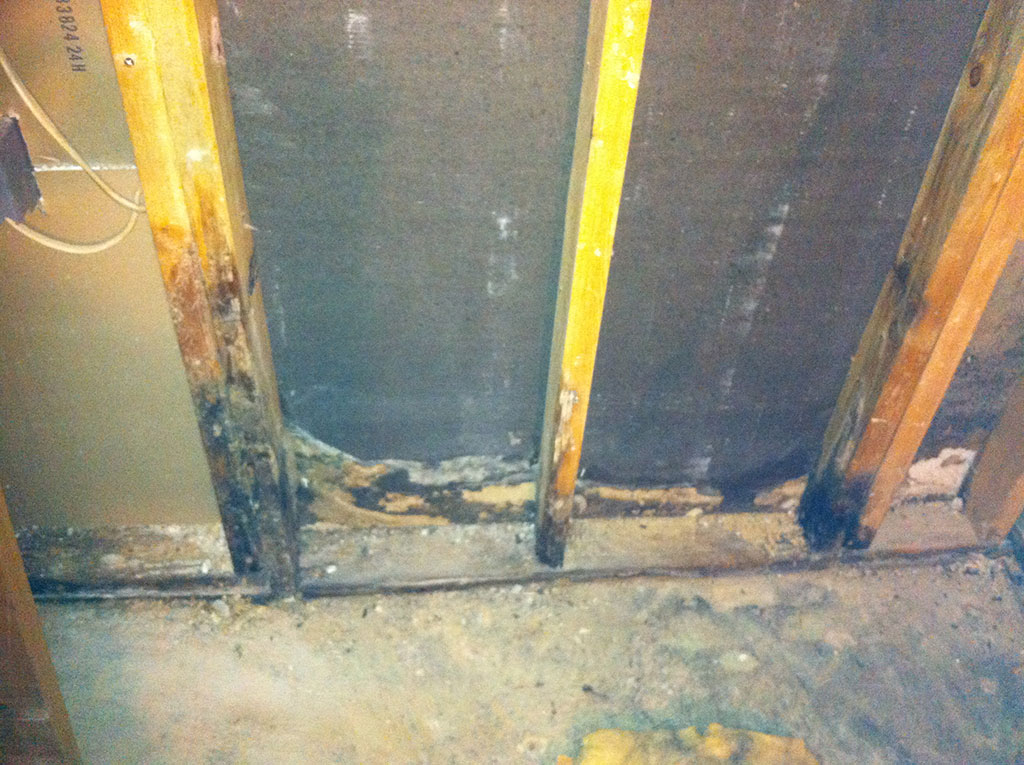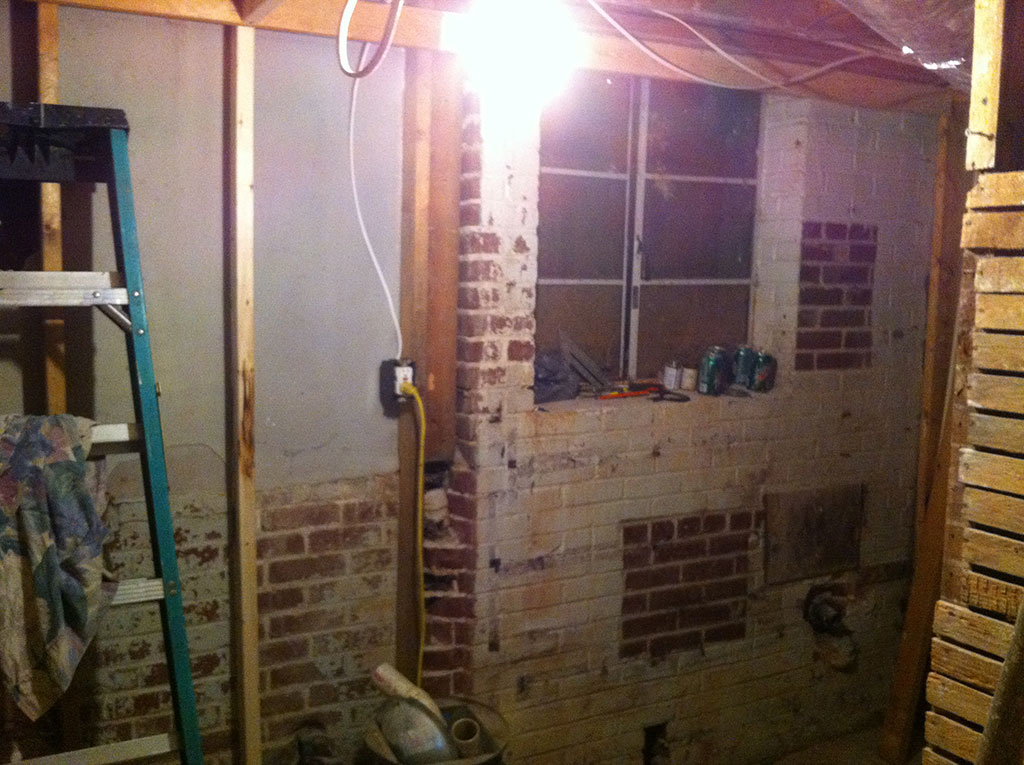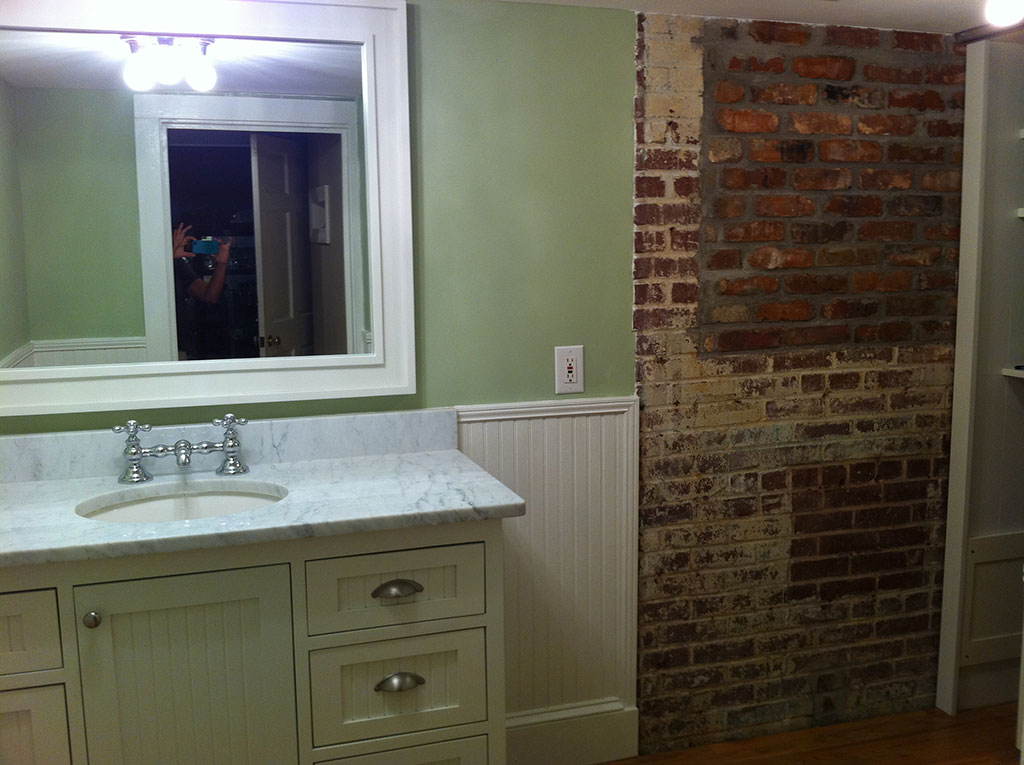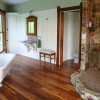Demolition is almost always interesting. Unfortunately, for clients with old houses, it isn’t always interesting in a good way. In old bungalows and Victorians here in the South, if we tear out a plaster and lath wall, we risk discovering framing that has been the feast for termites and powder post beetles long past. It’s amazing, the number of rodents that have called the walls “home” for birthing and raising young. Once, we happened upon a colony of honey bees, happily producing the prized yellow nectar in the wall. More typically in bathrooms and kitchens, you find water damage in the lower parts of the framing where slight, unnoticed plumbing leaks dripped, dripped, and dripped through the years slowly rotting out 2x4s and sub flooring.
When I first started buying, restoring, and selling old houses, I was more of a purist and wanted to leave the old plaster and lath walls. But, as I became more knowledgeable and saw more damage behind innocuous looking plaster, I began to gut all of the walls so I could see everything and make sure the structural was fixed. To keep the vintage woodwork and character, I saved all of the woodwork, stripped and restored it and reinstalled it in the space. It’s also cheaper for the systems guys to install a whole house worth of plumbing, HVAC, and electrical in open walls. No fishing wires and running into squirrel’s nests.
From time to time, we’ll find actual treasure with demo. Once, it was a platinum/sapphire ring behind a mantel piece. Another time, it was simply old newspapers from 1912, perfectly intact and fascinating tucked behind a mantel. In the basement of my current 1911 house, I found a collection of pretty iridescent old medicine and liquor bottles, dropped into the basement as trash or perhaps for another use for another day. They were clearly from the turn of the century.
But one of the bathrooms I’m currently renovating in the old Buckhead part of Atlanta, we encountered another treasure behind the wall: an old brick retaining wall. It didn’t look like much at first but the homeowner had the instant instinct and vision to save the wall and incorporate it into the new design for the bathroom. I completely agreed with her. Oddly, the wall had a 1940s era metal window built in for a not-so-scenic view of the dirt crawl space. Whoever made that original design decision was clearly suffering from vision impairment or senility.
So, the brick wall was inspiration and fortunately I have a collection of antique bricks in my yard and I supplemented the original wall by masoning in the window hole with my salvaged bricks. The original wall had some odd squares of paint and we softened those with the help of paint stripper blending the original brick with my salvaged bricks.
Now, the wall of textured brick contrasts nicely to the pale soothing sage green walls and the crisp historic white of the custom vanity, white Italian marble, and sliding barn doors, hiding a closet space. It’s a finished space now and ready for the homeowner to hang one of her colorful Peter Max paintings.
